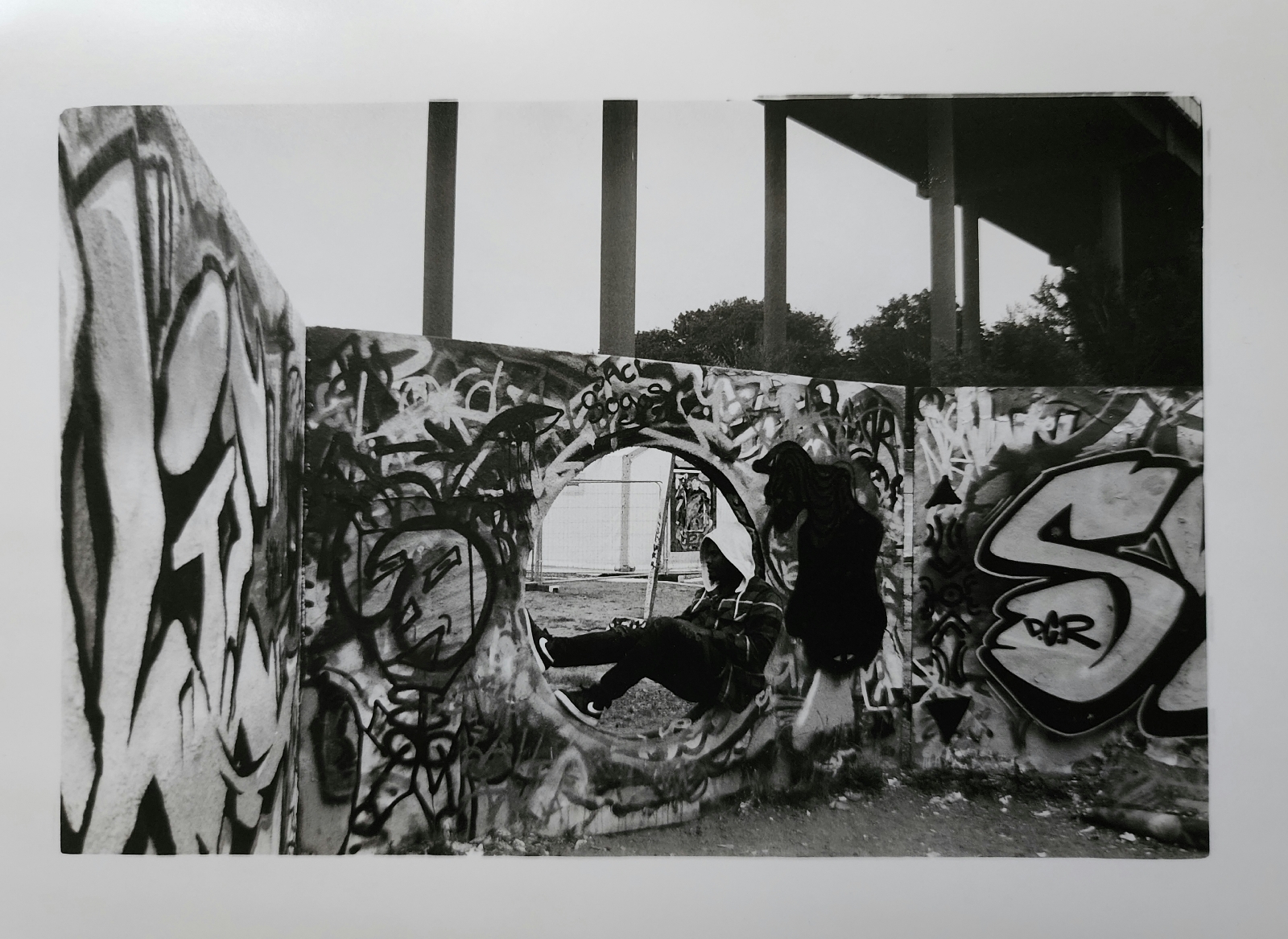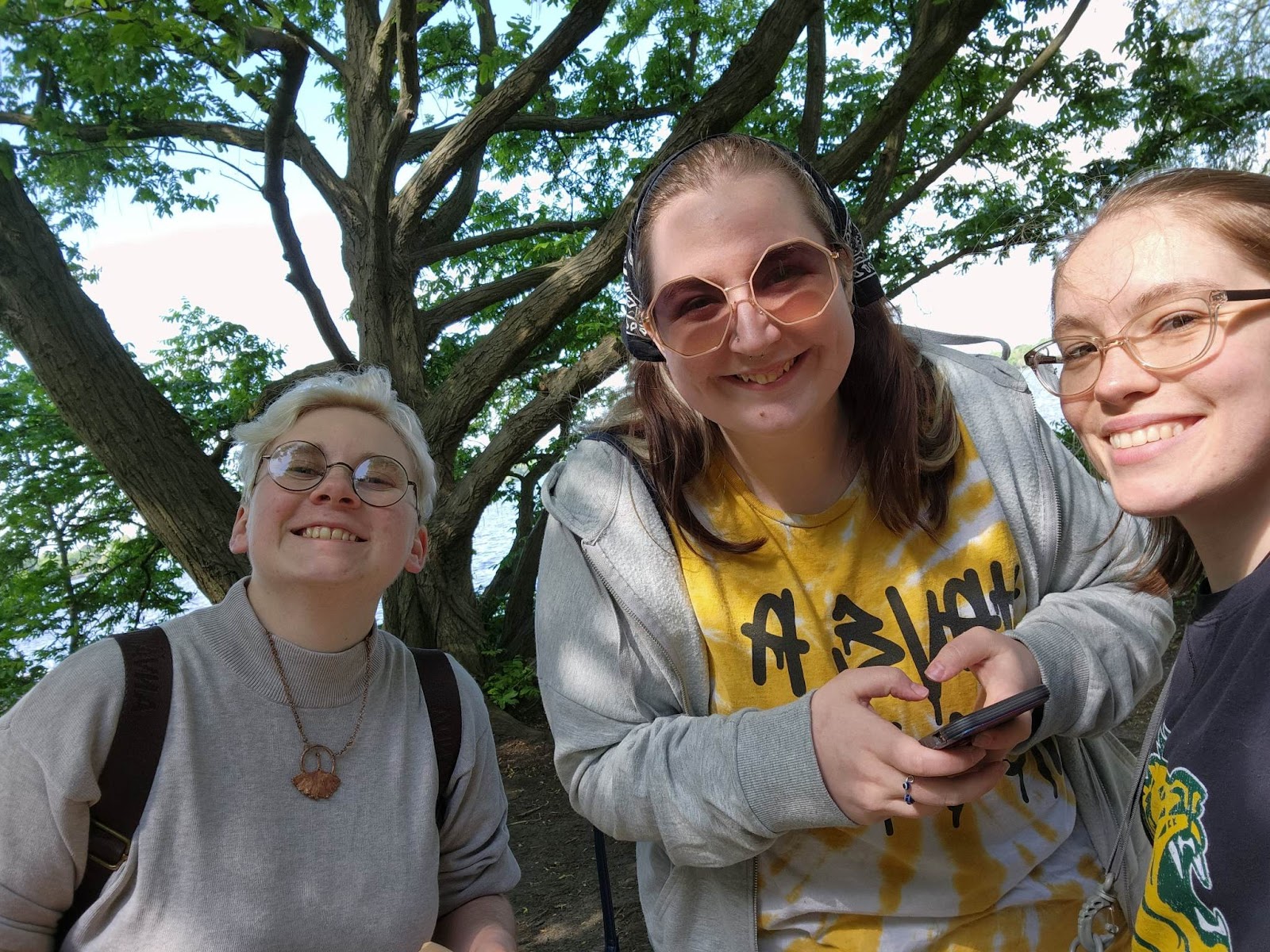Assignment #4 - Gothenburg
With Gothenburg on our list of travel
spots, it would be asinine not to visit the Goteborgs Konstmuseum (Gothenburg
Museum of Art)! In the center of the outer courtyard stood a bronze statue of
Poseidon by Carl Milles. He stands at 22 feet in height and holds a fish in one
hand as well as a shell in the other. This Greek Olympian Deity, while
typically considered to be the protector of sailors, has also become an iconic symbol
of Gothenburg. Beside him just outside of the main entrance was the Drommarnas
Monument, also known as the Monument of Dreams. Created by Stefan Karlsson and
Rudolph Jensen. This monument hopes to bring attention to the place and value
of art in Gothenburg among things like increased rent within the city, newly
installed high-rise buildings, and underbudgeted cultural projects.
The
Goteborgs Konstmuseum is the third largest art museum in Sweden and holds a
plethora of temporary and permanent exhibits which are on display for the public
to enjoy. It is one of the leading art collections in Northern Europe, and presents
works by famous masters such as Picasso, Van Gogh, and Rembrandt. On top of
that, this museum also holds the world’s finest collection of late 19th
century Nordic art and includes work by impressionist painter Claude Monet. The
museum provides guided tours, workshops, artist talks, performances, film
screenings, and in-depth lectures. The cherry on top? Admission is always free
for both permanent and temporary exhibitions and programs.
One of
the pieces that caught my eye was Sol och sno: Stockholmsmotiv (Sun and Snow: Scene
from Stockholm) by Swedish painter Per Ekstrom. Per was a landscape painter
known for his many environmental scenes depicting sunsets in deserted or barren
places. In this painting, the emphasis isn’t where the light is touching, but
rather the light itself. The sun sitting low in the sky draws the audience in
by being the brightest and technically biggest thing within the painting. While
the hues of everything else in the work are tinted with a blueish quality, the
yellow from the light source seep into any available nook and cranny within the
piece to subtly drench the scene with a pale glow. This piece was painted in
1891, during a time when pure naturalism and impressionism gave way to a
nationally characterized style of landscape painting in which content and
emotion were favored over the ability to convey a detailed and accurate
reality.
For some
context into this piece, it should be noted that Sweden has very long days
during the summer and much shorter days during the winter. This is because of
the country’s position in the northern hemisphere, where it lies at a very high
latitude in which the sun sets quite late during the summer. During the middle
of winter, the country will only have about seven hours of daylight to spare
before being plunged into darkness. This is why many Swedish painters tend to
paint scenes including the rising or setting sun, and why they have
historically put so much effort into conveying the essence of light. Light is intensely
predominant in their paintings because they typically don’t have as much light as more southern European countries. Swedish winters are longer, their summers are shorter, and
the hours they do have to enjoy the sun dwindle by the day after Midsommar.
Many of
Per’s other works include similar motifs, including desolate foregrounds with
the focus being on the setting sun somewhere in the background. Sometimes, the
sun will be hiding behind sparse trees, while other times the sun will be nearly
directly overhead and in no way obscured. Either way, the glowing and fleeting
light of the sun is always the emphasis of his paintings; however, the form,
shape, texture, and even color can all vary depending on what time of year Per
is painting and what emotion Per is attempting to convey. While only some of
his work was displayed at the Goteborgs Konstmuseum, the paintings there tell an
engrossing narrative about his life and the beauty of his Swedish homeland thereof.
Grateful for the light we have in the US,
Eli Goodwin








Comments
Post a Comment